Capoeira: a winning combination of music, dance, and self-defense
- Gil Peleg

- Aug 12, 2021
- 10 min read
Updated: Jun 16, 2022
In this article, we will find out: What is Capoeira? How was Capoeira born? Why was Capoeira banned? What styles are in Capoeira? What is "Roda" in Capoeira? What is Capoeira Game? What is "Berimbau" in Capoeira? Why are music and songs important in Capoeira? What is "Maculele" in Capoeira? Is the martial art of Capoeira practical? What protective equipment is recommended in Capoeira? What home fitness equipment is recommended in Capoeira? What home fitness equipment is recommended to improve cardiopulmonary endurance? What does the coaching equipment in Capoeira include?
What is Capoeira?

Capoeira is a martial art with African roots that was developed in the 16th century in Brazil by slaves brought to America. Combines, punches, and kicks; Misleading, fast, and rotating movements; Dance, music, and acrobatics. The practitioners of this method are called Capoeiristas, and the battle between opponents is called Play. Quite a few people mistakenly believe that Capoeira is a dance, or believe that the movements performed by two Capoeira players in front of each other are simple choreography, but Anderson de Silva (multiple UFC champion), a person who practiced Capoeira, Muay Thai, Taekwondo, and Brazilian Jiu-Jitsu from childhood said: Capoeira is "A method of fighting like a dance to mislead the enemy". Since the end of the 20th century, this method has gained popularity around the world, mainly thanks to travelers returning from Brazil. In 2014, the method received the status of "intangible cultural heritage" in UNESCO.
How was Capoeira born?

Capoeira began as a survival hope for unarmed, fugitive slaves who used it to survive in a hostile country. There are also those who believe, that Capoeira was greatly influenced by the Brazilian-Indians and their culture. Slaves who wanted to free themselves from slavery trained to escape. But they could not practice martial arts openly, so they incorporated music and dance moves into martial arts studies so as not to arouse suspicion. Many escaped the draconian laws of Christians using an elopement, these were: Fugitive slaves, Natives of Brazil, And even Europeans, who over time established settlements that eventually led to an independent multinational state called "Kilombus". They had to defend themselves against the colonial, and Portuguese forces, and as a result, they created a weapon of war and survival called Capoeira.

African slaves practiced the traditions and rituals that were adopted in their homeland - in Africa, and among them were traditional dances. One of the rituals was a dance led by a traditionally dressed slave leader. Among the dance rituals was a dance that originated in African Mumba called "Capoeira". It was also one of the dances practiced in religious rituals, invented by African slaves in the 16th century. Slaves began to develop it as an effective way of training in combat under the guise of dance. The combination of music and dance moves helped the slaves hide their true intentions and obtain permission from the captains to continue this activity. Although, there were restrictions and prohibitions on the types of dances allowed for slaves. The captains were very afraid of such dances and began to divide them into "good" and "bad" when the "bad" was banned because of the danger to public order. As a result, Capoeira training has fostered various uprisings, teaching slaves in fighting techniques and physical fitness.
Why was Capoeira banned?
After the abolition of slavery in Brazil in 1888, African slaves left the underground where they existed. Due to lack of work, criminal gangs of freed African slaves were formed, who continued to practice Capoeira. This gave the method of struggle a bad name, leading to the outlawing of Capoeira in 1892. Seeing this, Capoeira practitioners continued to practice clandestinely. Brazilian law prohibited the practice of this martial art until 1920. Over time, in the middle of the 19th century, the Brazilian Senate passed a law declaring Capoeira a national sport. Today Capoeira is common in Brazil and around the world.
What styles are in Capoeira?
Capoeira is divided into two main styles: Angola and Regional. These styles make extensive use of deceiving body movements, kicks, punches, and head kicks.
Capoeira Angola - is perceived as the original style and is characterized by lower, slower, and more precise movements. It also requires a certain amount of cunning and dexterity during combat, paying special attention to traditions and rituals. Most Angola-style students wear yellow shirts, following the tradition of the master Vincent Pereira Festinia (1889-1981). Although even this method involves fast street fighting, it is an evolving style taught in Capoeira academies in Brazil and around the world.
Regional Capoeira - is an original Angola-style that was developed by Master Bimba (1900-1974) to expand the area and make it more accessible to the general public. His main goal was to take Capoeira away from the problematic context of crime. Bimba's vision was to create a faster and more elevated style, which is characterized by four main parts: acrobatic movements, flexibility, physical strength and applied fighting technique. Whereas, great emphasis was placed on the development of applied fighting techniques and physical shape improvements. That is while creating a practical method of struggle, the following principles were used:
Physical fitness - The development of functional muscles and flexibility, providing a certain framework for the chaotic workouts that were in the past. The goal was to transform the Capoeira wrestler into an athlete with the following abilities: agility, strength, cardiopulmonary endurance, and flexibility.
Applied Fighting Technique - Using eight well-known Bimba sequences, including throwing techniques, and various movements from Karate, Jiu-Jitsu, and Boxing, which made the martial art more applicable and effective for Self-defense.
What is "Roda" in Capoeira?

Roda / Hoda - This is a Capoeira game that takes place in a group, in fact, it is a circle that the team creates around two players. The people around Roda / Hoda sing and clap their hands, and some also play unique instruments. Roda has a leader - That is the most experienced warrior, he dominates in Roda and can stop the battle at any chosen stage. He is also the one who usually dictates the pace of singing and playing. Roda has a leader, and he is the most experienced warrior. He dominates in Roda and can stop the battle at any chosen stage. Also, he is the one who usually dictates the pace of singing and playing. In addition, Roda is associated with the word "Ashea", which means energy. Ashea symbolizes the adrenaline flowing through the body of the “Capoeiristas” while singing or playing. When Samba music is played in Rode (Samba de Roda) during a dance between a man and a woman, it usually symbolizes dancing flirtation and courtship. Whereas the game between two men symbolizes the battle between them. The (Samba de Roda), originally from the province of Cachoeira in the Brazilian state of Bahia, is closely related to the history of the slave trade and is regarded as a simple folk dance. It is an expression of Afro-Brazilian culture.
What is Capoeira Game?
The game in Capoeira is a battle of two opponents, parallel to the battle of "Kumite" in Karate. The game usually does not include a full touch. An experienced player will prefer to point out to the enemy about his superiority while moving, stopping the blow a fraction of a second before touching and at the same time constantly avoiding the enemy's attacks. This form of fighting is called "Play/Game", and in this sense, the Game can be used for serious battles as well. There are also full-touch battles, usually depending on the style and pace of the Game.
Is the martial art of Capoeira practical?
Capoeira's offensive movements consist of kicks, the use of hands and fists. In addition, they combine acrobatics and flexibility exercises designed to maneuver around Roda and the opponent. Many exercises combine attack: standing on hands; head bangs; spins and jumps; somersault with blows of legs and arms. Advanced Capoeiristas also show impressive combinations (sequences) of quick and precise movements. The Regional Capoeira Method, developed by Mestre Bimba (1900-1974) for the practical application of the method, includes the composition of movements from martial arts such as Karate, Jiu-Jitsu, and Boxing, making it an effective martial art for self-defense. Also, this method pays attention to the development of functional muscles, cardiopulmonary endurance, and physical fitness. As a result, it has all the components of Combined Martial Arts (MMA).
What is "Berimbau" in Capoeira?

Berimbau is a one-stringed musical instrument resembling a bow (arch). Now is common in Brazil, but originally from Africa. Berimbau is an integral part of Afro-Brazilian Capoeira practices, Berimbau gives rhythm to the movements of Capoeiristas in Roda (circle). The faster Berimbau plays, the faster the Capoeiristas (warrior) move in the game (in the duel). Music and singing are important components that set the pace during combat. The tempo changes during the fight depending on the tempo of the songs, from very slow to very fast. During the battle, the player is in front of his opponent, surrounded by "Roda", and those around him sing, drum, and clap their hands.
What is "Maculele" in Capoeira?
Dancing with "Maculele" is a stick game that originated from the time of the ancient Indians, from the "Cocombis" tribe. This dance has Afro-Indian roots, in which participants swing wooden sticks and beat them against each other. It comes from the Bahia region of Brazil and was developed by Afro-Brazilian slaves. Afro-Brazilians adopted the use of sticks from Indian culture and incorporated them into Capoeira. While the dance is performed to the rhythm of the "Atavka" drum and chanting. Sometimes this dance includes several elements such as acrobatics, fire, sticks, and swords. The dance is designed, on the one hand, to develop agility, coordination, and flexibility, and on the other, to combine defense and attacks using sticks. This dance consists of: a four-quarter rhythm; In the first three dancers perform steps with Maculele; In the fourth, they beat each other and sing songs under the leadership of the Roda leader.
What does the training equipment of the Self-Defense trainer include?
Following the history of the method, great importance is attached to the formation of functional muscles. On the one hand, it is necessary to work on speed and agility in movement, and on the other hand, to develop muscles to increase strength and power. To succeed in this task: Need to work with small weights, many reps in each set; Also combine with strength training, it is advisable to consult with a trainer so as not to damage the muscle ligaments; It is recommended to work with a wrist expander and rubber for dynamic loading; With heavy training rope; a lot of reps on a heavy and light boxing bag; With a punching bag, etc ... It is imperative to practice throwing, choking, blocking, kicking and punching. Punches and knees on the trainer's abdomen may only be performed with suitable and safe belly protectors! In the tactical training of Krav-Maga, rubbery equipment is used like knives, padded sticks, etc... One needs to use equipment that has passed strict safety tests. When signing up for a club, check if their gym floor is well protected and if there is a suitable protective pad against falls, throws, etc. Below is a list of the recommended trainer equipment when teaching Self-Defense:
How important is personal protective equipment when practicing Self-Defense?
Good schools understand the importance of protective equipment when teaching martial arts in general and in combat in particular. Demonstrations and battles are not allowed without appropriate protective equipment! These are usually inexpensive shields compared to the physical damage they prevent. Also, there is no insurance without protective equipment! When striking a punching bag, be it a jab, cross, hook, or uppercut, boxing gloves should be used. It is recommended for full contact to use a body protector that maintains the integrity of the ribs. Also, shields for the head, teeth, groin, and legs are recommended.
It is very important to practice Self-Defense using rubber training knives and even more important during training to wear appropriate protective equipment: such as glasses designed to protect the eyes; a body protector; a Head guard against receiving an unwanted blow. The following is a list of recommended equipment for knife defense studies:
With what equipment is it recommended to practice Self-Defense at home?
To learn Self-Defense, one needs to practice the same thing, many times over. This is not a theoretical area compared to other martial arts where one can learn from a trainer by watching directly through a computer. So practice and interaction are of the utmost importance. Although, it is worth it and even recommended to work at home on punches and kicks, strength training, etc. For this purpose, it is possible to purchase minimal personal equipment that does not take up much space at home. Prepares physically for classes in the section. It also improves the following parameters: Strength, flexibility, cardiopulmonary endurance, and more.
Using a yoga mat, abdominal muscles can be improved; Training weights are to improve muscle strength; Using an adjustable strength bench can strengthen chest muscles by lifting weights; A free-standing punching bag is a perfect solution for punching and kicking improvement at home ... Below is a list of recommended equipment for home exercise:
Home training is recommended to be performed under the supervision of a certified trainer. It is recommended to avoid exercising alone at home!
How important is cardiopulmonary endurance in Self-Defense workouts?
First of all, this is health, and secondly, in a battle that does not end in a short time, the one who has cardiopulmonary endurance wins. To improve cardiopulmonary endurance, it is recommended to take brisk walks, combined with running, to increase and decrease the pace. These runs can be done outdoors, on the coast, on a Treadmill, or on a Home spinning bike. Recommended: Wear suitable shoes while running, and document and monitor your calorie burn and heart rate with your Smartwatch. Also, with the help of this it is very easy to see improvements in cardiopulmonary endurance, In fact, all your actions are recorded using a computer, and there is a training history. The following is a list of recommended personal equipment for home workouts, for developing cardiopulmonary endurance, and for monitoring and controlling progress:
Home training is recommended to be performed under the supervision of a certified trainer. It is recommended to avoid exercising alone at home!
Summary of the topic about Capoeira
After reviewing the article, it turned out that Capoeira has an impressive history. This is inherent in the human essence, the desire for survival and originating from his nature, reaching for freedom, dancing, singing, and the right to self-defense with dignity. The method, which originated in Africa, came to Brazil and developed underground among slaves for their survival. A method that was banned for years after the repeal of the slavery law in Brazil. She faced defamation, condemnation, a bad reputation, and law enforcement and managed to survive and thrive through the combination of music and dance in her movements. They helped her avoid persecution by the law, and ultimately the method was recognized as the national martial art of Brazil. We also looked at the list of recommended personal protective equipment for Capoeira training. We realized the immense importance of home training with the right equipment for developing cardiopulmonary endurance and fitness. We saw what includes the equipment of a Capoeira trainer and what to wear in training.
The author - Gil Peleg.
Dear friends, I invite you to read more about applicable Self-Defense in our Group below:
Dear friends, SUBSCRIBE to the Fitness Warriors Club's blogs page, and be the first to read new articles on the issues of Self-Defense:
Amazon's affiliate program - Fitness Warriors Club is participating in Amazon's affiliate program through the Website & through professional blogs where there are links to products marketed on Amazon. Fitness Warriors Club is not responsible for any economic and operational activities related to this program as for the refund of any payments regarding this program. All these issues will be settled with Amazon.


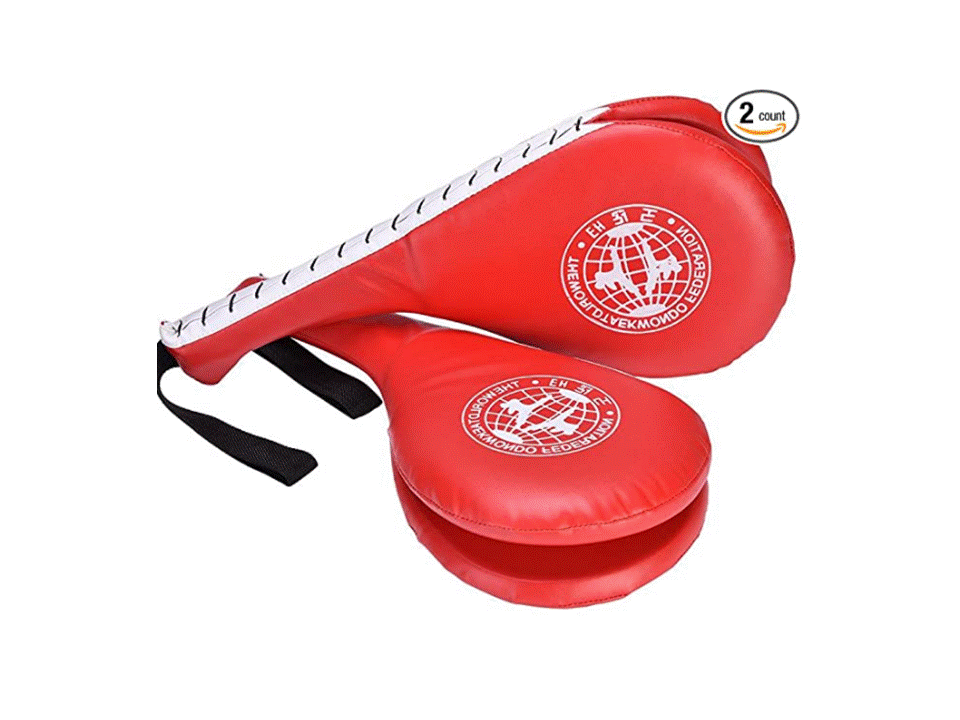


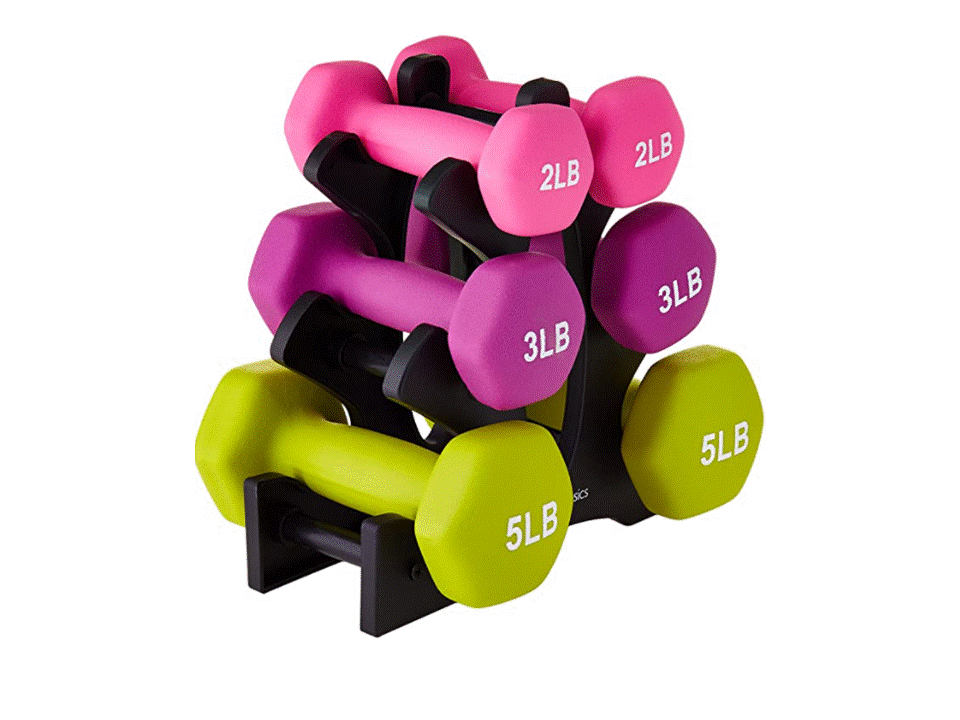

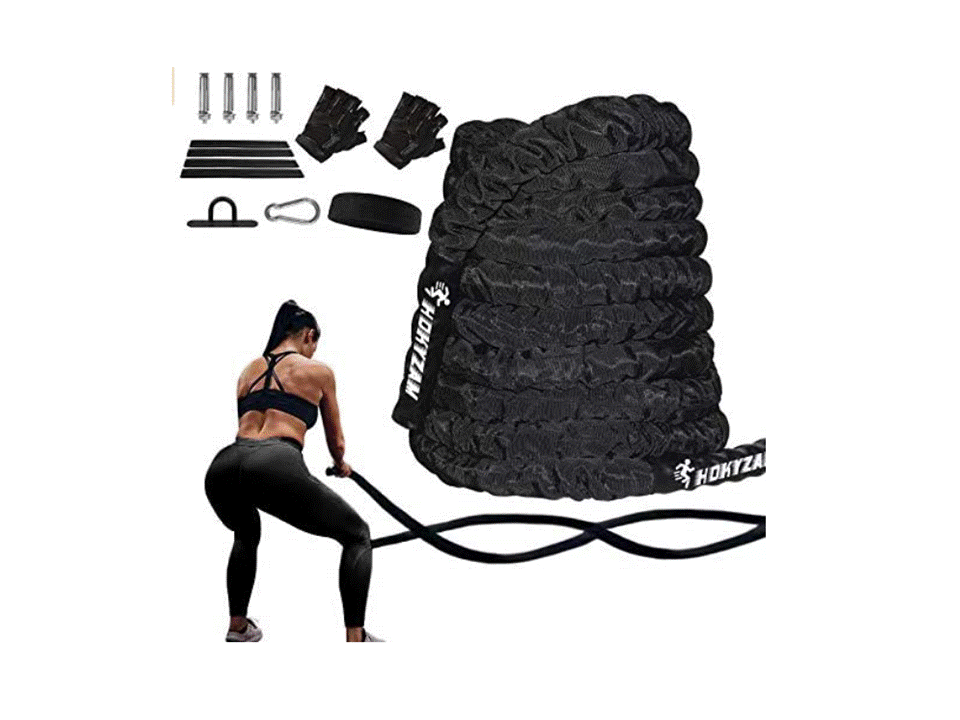













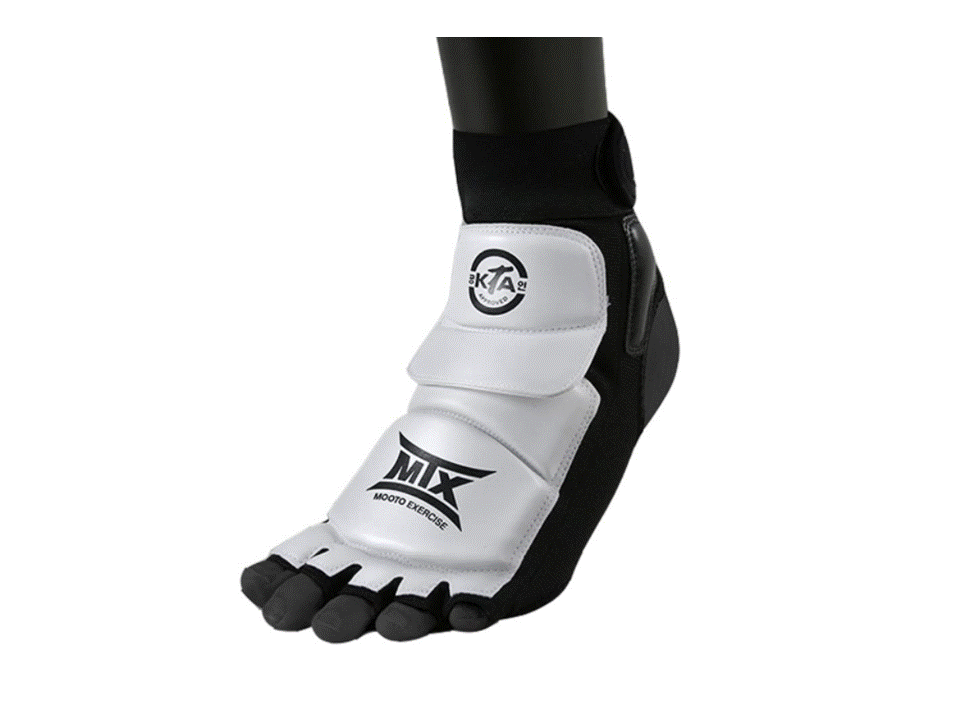

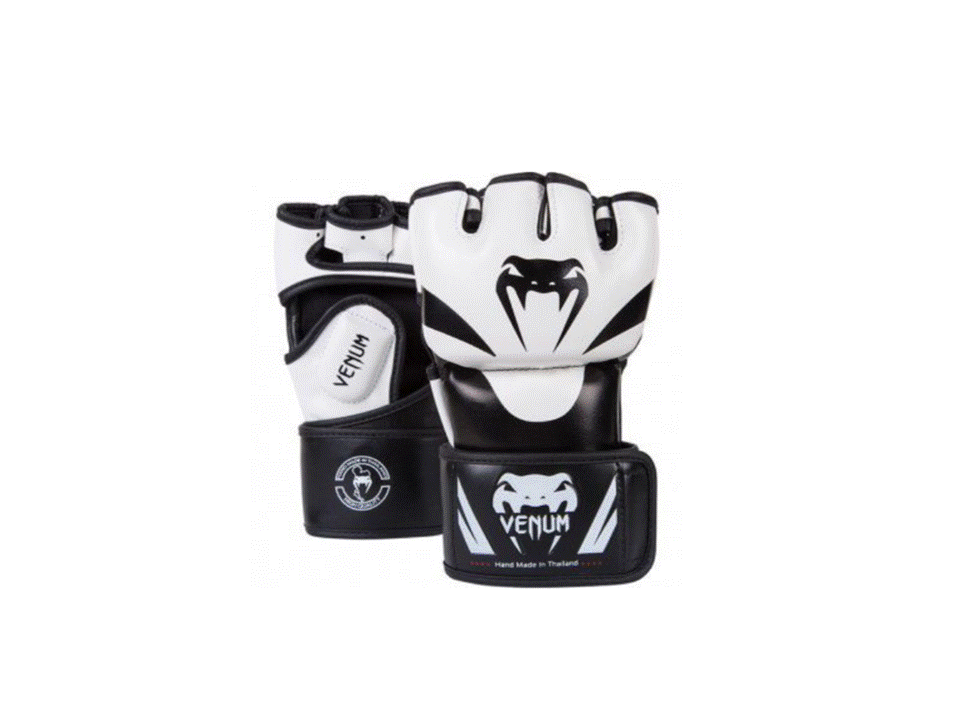

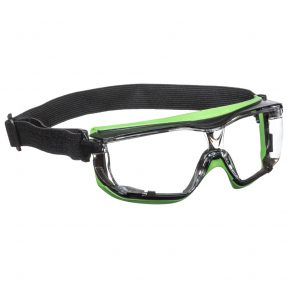










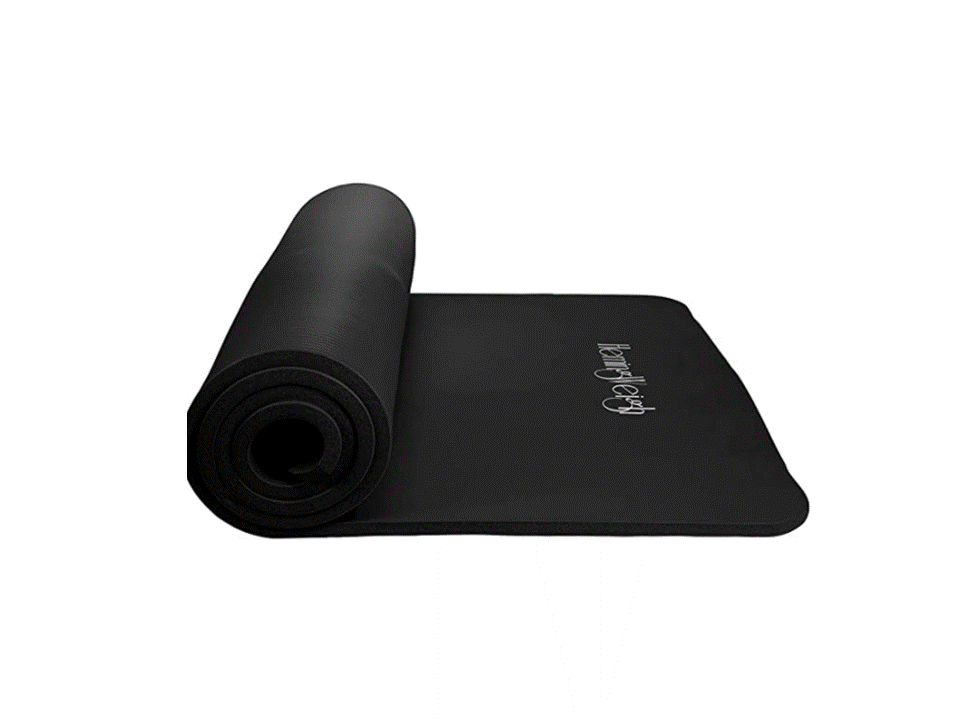
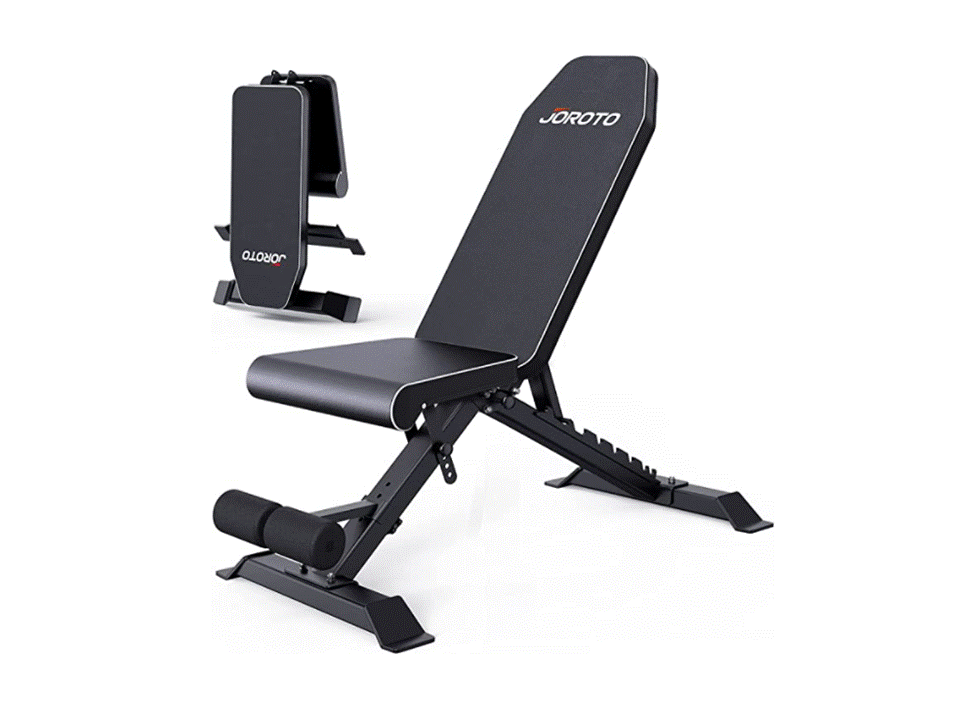












Comments